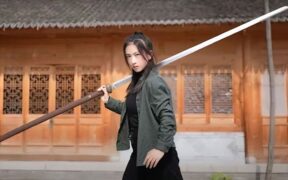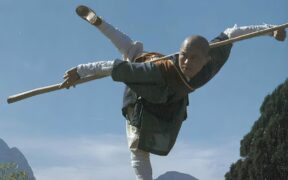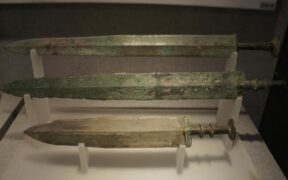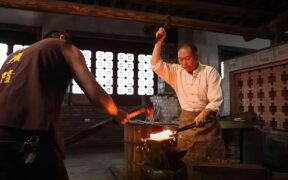Our content features commercial links to our products, committed to transparent, unbiased, and informed editorial recommendations. Learn More
The Oldest Swords of Ancient China: Their Development and Use in Warfare
NO AI USED This Article has been written and edited by our team with no help of the AI
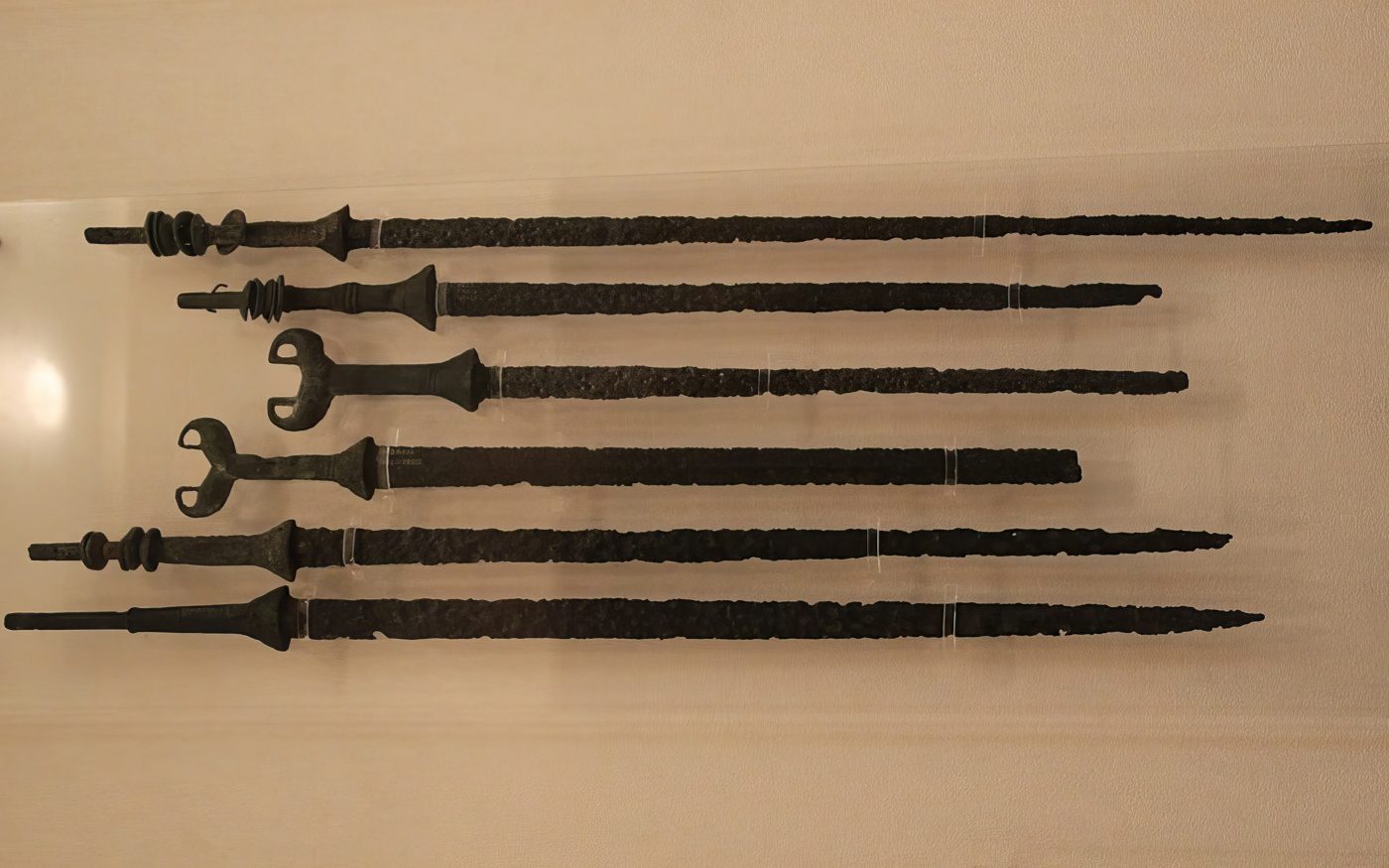
From little more than daggers to the famed ring-pommel sword, this article looks at the first thousand years of the ancient Chinese sword from its first appearance around 1000 BC, during the Bronze Age.
There are two main types of Chinese swords discussed in this article, the jian and the dao. In short, jian have a straight, double-edged blade, whereas dao have a single-edged, curved blade (Yun, 2009, p. 3). Both types appeared throughout the early history of Chinese swords, although preference for one or the other varied depending on developments in metallurgy and military strategy.
Chronology of Major Developments
| Period | Major Developments |
|---|---|
| Shang Dynasty (1600-1045 BC) | The earliest bronze short dao was developed |
| Western Zhou (1045-771 BC) | The earliest bronze short jian was developed |
| Spring and Autumn Period (771-481 BC) | Medium-length bronze jian became primary weapons |
| Warring States and Qin Dynasty (475-206 BC) | Long iron jian replaced bronze jian |
| Han Dynasty (206 BC – 220 AD) | Long iron dao became the preferred weapon of both cavalry and infantry |
Shang Dynasty (1600 – 1045 BC) and Western Zhou period (1045 – 771 BC)
In ancient times, the earliest swords in China were short and made of bronze; little more than daggers. In Chinese history, the earliest known dao dates to the Shang Dynasty and was 11.8 to 19.7 inches (30 to 50 cm) long. Since their curved blade was hard to cast in bronze longer than this, they remained short until the development of iron swords much later (Yun, 2009, p. 3-4).
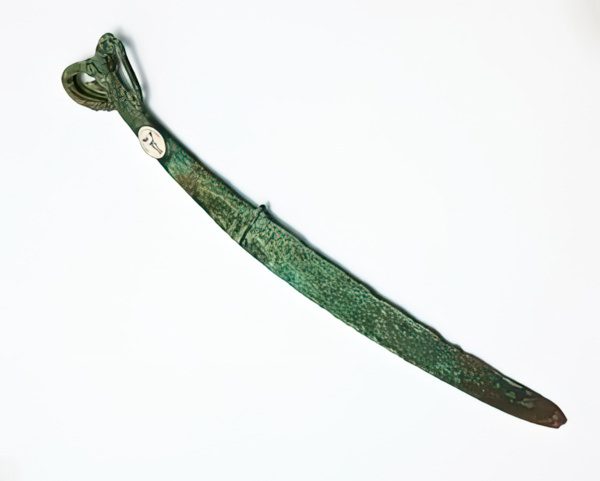
The earliest jian swords were known as duan jian. These short swords appeared during the Western Zhou period (1045 – 771 BC) (Lorge, 2012, p. 36).
Spring and Autumn Period (771 – 481 BC)
At the beginning of the Spring and Autumn period, duan jian measured 11 to 18.1 inches (28 to 46 cm) long and would likely have been used for hand-to-hand fighting, as a secondary weapon when the enemy came too close to use a spear or dagger-ax, which were the most common primary weapons of the period (Lorge, 2012, p. 36).
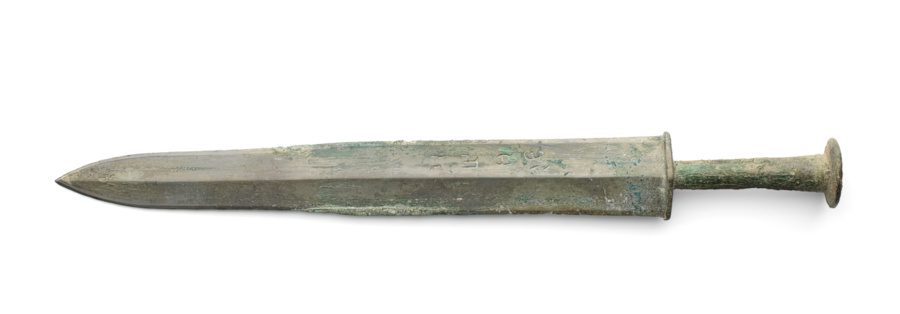
By the end of the Spring and Autumn period, jian swords had increased in length to about 21.65 inches (55cm). At this point, swords also began to replace dagger-axes as a primary weapon and were no longer a last resort (Lorge, 2012, p. 36).
The above developments may have been the result of a stronger focus on infantry martial arts in Southern China. As a result, there is a slow development towards point-fighting in swordsmanship, employing stabbing techniques as opposed to edge-fighting slashing techniques (Lorge, 2012, p. 36).
This also might indicate a development of martial-arts towards close-formation infantry combat and away from looser infantry and cavalry skirmishes. This can be paralleled in a Western context with the adoption of the gladius, primarily a stabbing weapon, by the Roman army as their fighting formations became tighter and more disciplined.
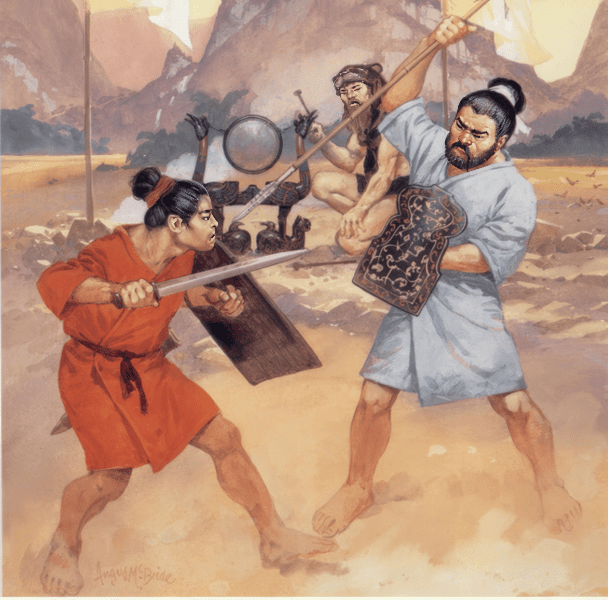
A historical example of this development towards close-quarters fighting is illustrated in a battle between the Ch’i and Hua in 520 BC. The Ch’i army discarded their pole weapons, and their infantry charged the Hua with just their swords. This strategy showed the eagerness of the Ch’i to engage in close, hand-to-hand combat. This eagerness so alarmed the Hua, that they turned and ran! (Peers, 2006, p. 31)
The incredible skill of ancient Chinese swordsmiths can be seen in some bronze swords from the Spring and Autumn Period. The sword of Goujian, made for King Goujian of Yue exemplifies perhaps the pinnacle of Chinese metallurgy at the time.
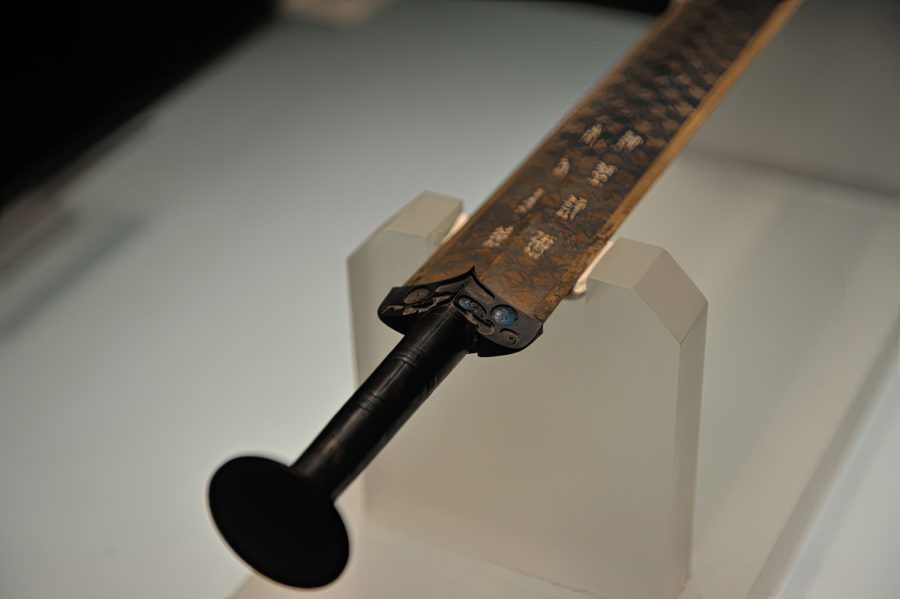
The edges of the blade are made of a high-tin bronze, which is hard and can be sharpened to a razor-edge. However, if the entire blade was made like this, the sword would be far too brittle, so the swordsmiths made the core of the blade with a high copper content, increasing its flexibility (Jueming, 2023, p. 539-40).
Further illustrating the swordsmith’s prowess, the blade was treated with sulfide which prevented corrosion, not to mention the beautiful decoration, with inlaid blue crystals and gold (Lorge, 2012, p. 36). It is currently housed at the Hubei Provincial Museum in the Wuchang District of Wuhan, Hubei Province.
Also during the Spring and Autumn period, new metallurgy techniques brought about the production of iron and steel. The first iron and steel swords appeared towards the end of this period, but remained rare (Lorge, 2012, p. 37).
Warring States Period (475-221 BC) and Qin Dynasty (221-206 BC)
Throughout the Warring States period (476-221 BC), the use of iron and steel swords became more common. Since iron could be forged into longer swords without the blade becoming weak, jian swords increased in length to 31.5 to 39.4 inches (80-100 cm) during the Warring States period (Lorge 2012, p. 37), up to 43.3 inches (110cm) by the Qing dynasty (Peers, 2006, p. 44).
The increased reach of a warrior using an iron sword gave him an advantage over those using shorter bronze swords and so, iron swords began to replace bronze swords during the Qin dynasty.
The strength of iron also enabled the forging of longer curved swords, resulting in the return of the dao. With its long curved blade and single edge, the iron dao now lent itself to use on horseback with a downward chopping and slashing motion, resulting in its adoption by cavalry soldiers. (Yun, 2009, p. 5)
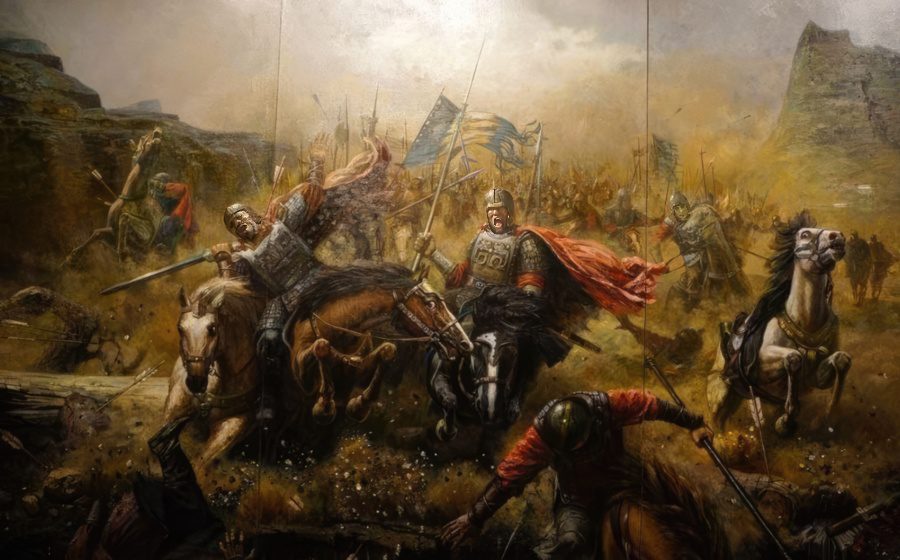
Han Dynasty (206 BC – 220 AD)
Han Dynasty swords remained a similar length to those of the Qin Dynasty, between 31.5 to 47.2 inches (80 to 120 cm), although improvements in metallurgy enabled advancements in the quality of sword steel.
Iron was folded many times, often between 30 and 50 times, but sometimes more during forging to remove impurities and add carbon to create steel which could be quench-hardened. The folded iron produced beautiful patterns in the polished sword blade, which gave a measure of the sword’s quality. The more folds, the higher quality the iron, and therefore the stronger the blade. (Yun, 2009, p. 6-7)
While jian were still in regular use during the Han Dynasty, the dao grew in popularity. The dao’s use as a cavalry weapon associated it with elite status and the well-known dao ring-pommel was developed during this period; a mark of the prestige and status of the bearer. (Yun, 2009, p. 5-6) (Lorge, 2012, p. 60-70).
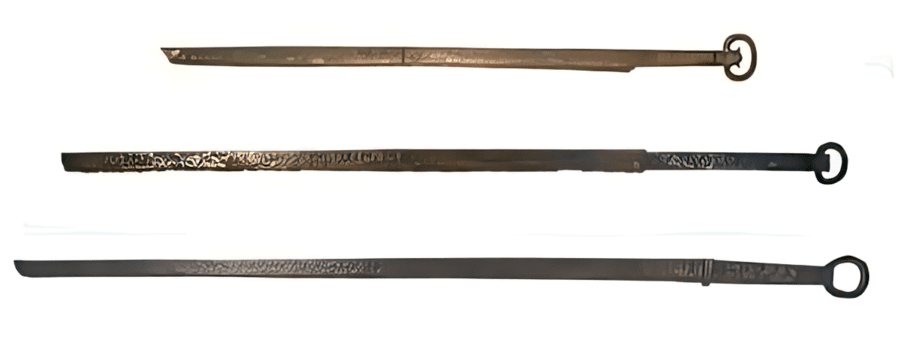
The dao’s association with elite status may have played a significant part in its adoption by Chinese infantry, used with a shorter 31.5 inches (80 cm) blade and paired with a shield, in preference over the jian. A further reason for this may have been the durability of the dao blade, with its thicker spine adding strength which the double-edged jian did not possess (Lorge, 2012, p. 60-70).
From a last resort, to the foremost weapon of the elites, the rise of the sword in ancient China illustrates not only the fervour and ever-increasing skill of the Chinese swordsmiths, but also the profound link between weapon development and the evolution of Chinese martial arts.
